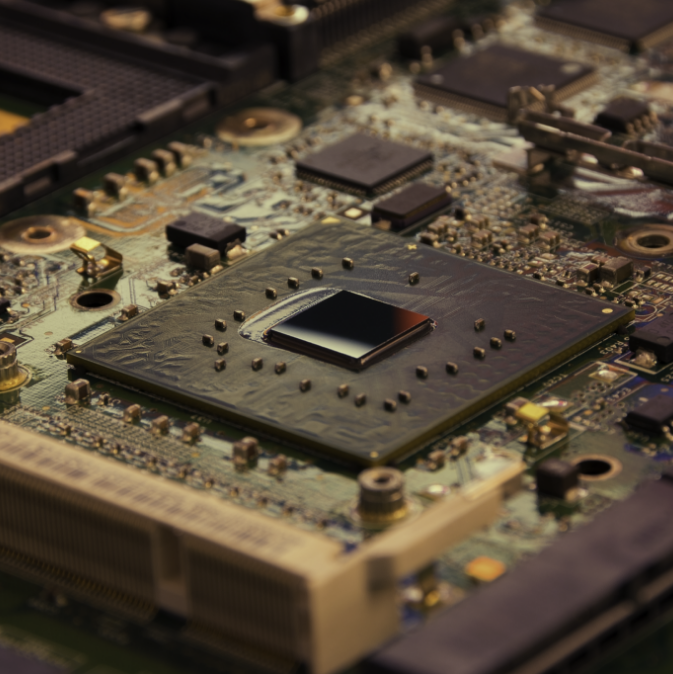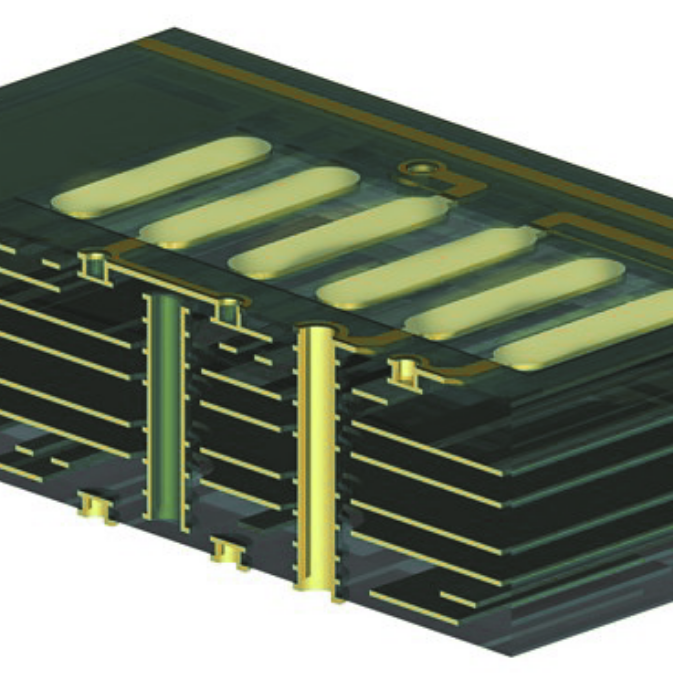High-dense-interconnect PCB boards have a higher wiring density per unit area than typical PCBs. With changing technology, printed circuit board technology has evolved to meet the demand for smaller and faster products. HDIs have denser wiring, resulting in lighter, more compact PCBs. Instead of using several PCBs in a device, one HDI board can replace all the preceding boards.

Why choose HDI printed circuit boards?
The ability to “do more with less” is the primary advantage of HDI printed circuit boards with technology constantly seeking greater precision. HDI PCBs enable the deployment of many transistors for improved electronics performance while lowering power consumption. Because of the shorter distance connections and lower power requirements, signal integrity is also enhanced.
Modern designs often require highly advanced BGA with very fine pitch, which is impossible to fanout without HDI technology.
Microvias are also more dependable than through holes because they have a smaller aspect ratio; they are more reliable than typical through holes, allowing HDIs to achieve remarkable performance with superior materials and parts.

